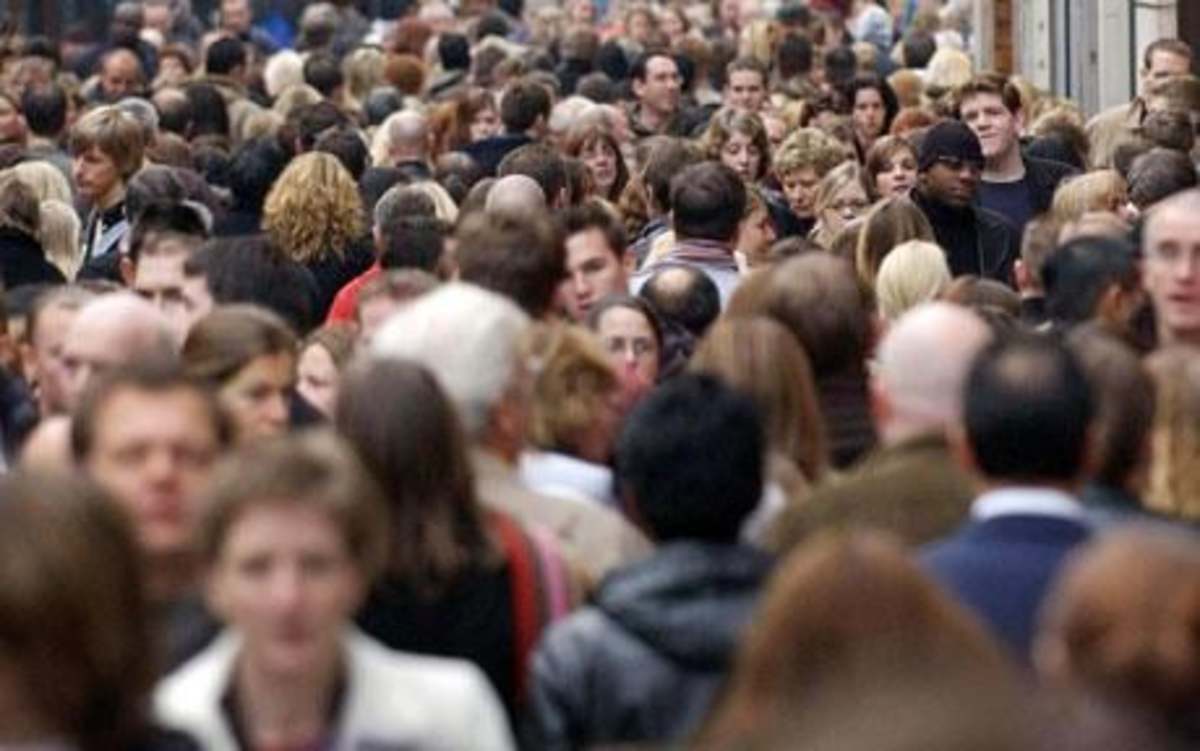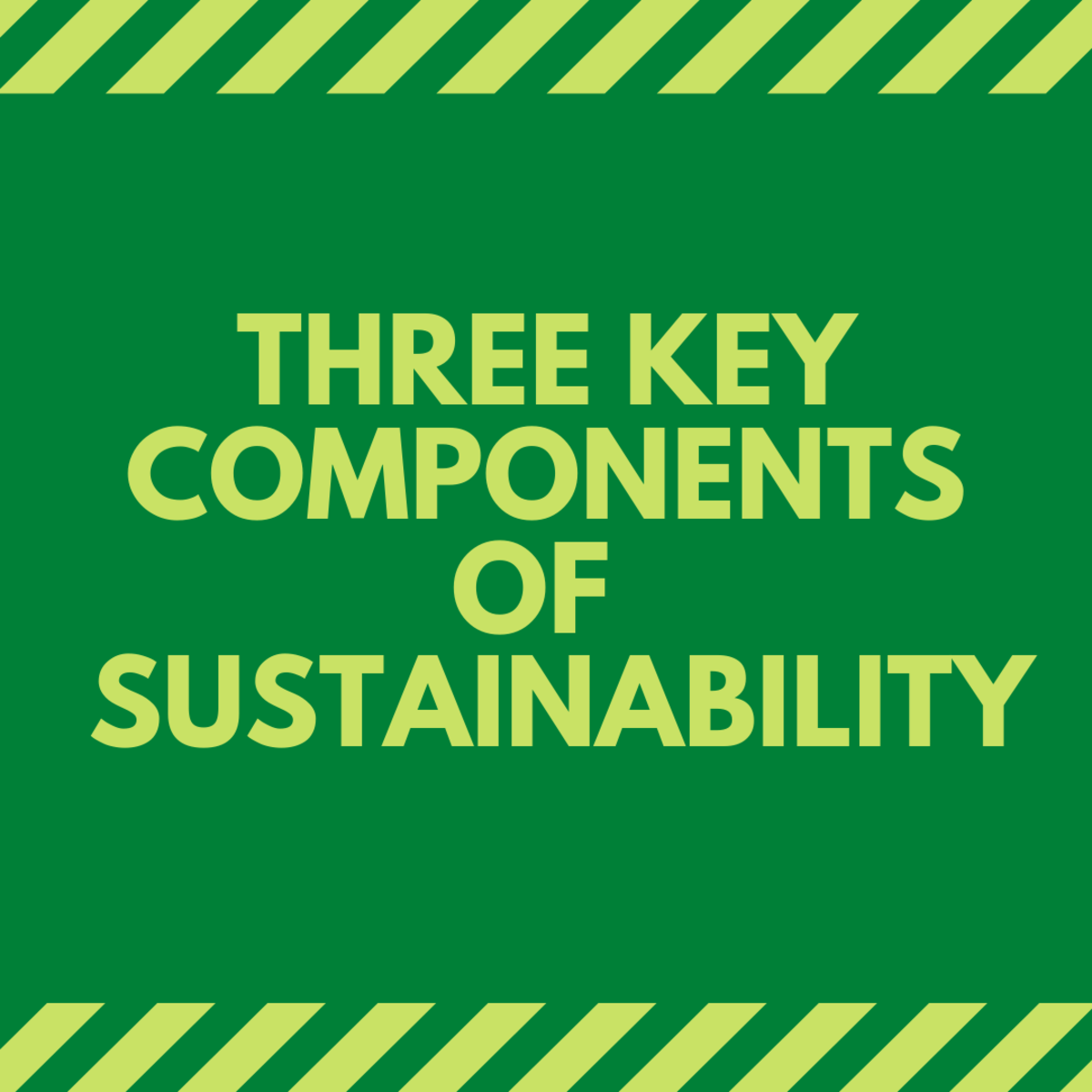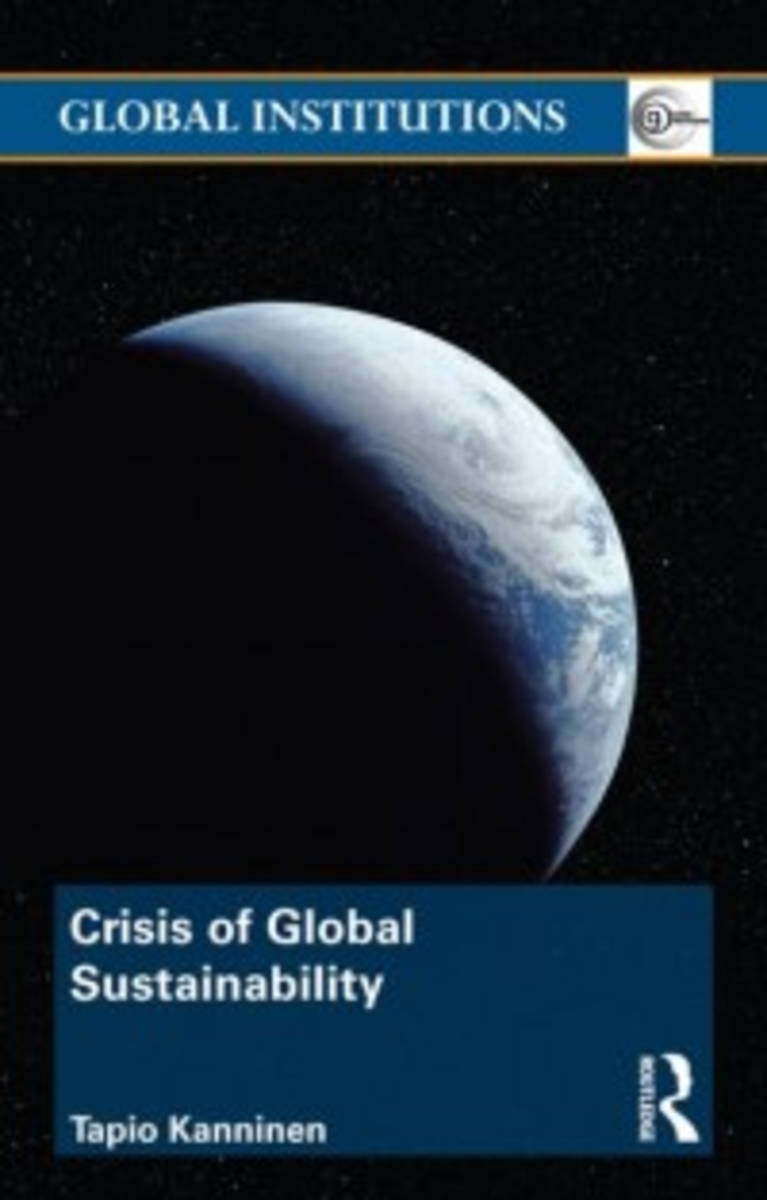Determining the Earth's Capacity for Population Growth
There is a natural hierarchy of population depening on where it is in the food chain.

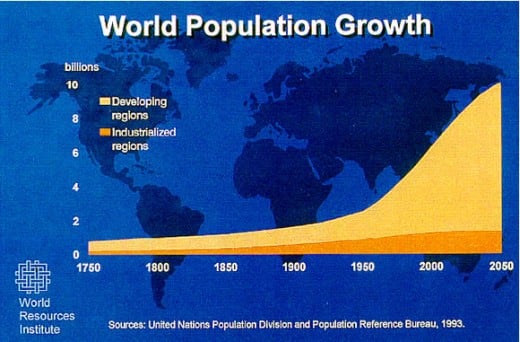

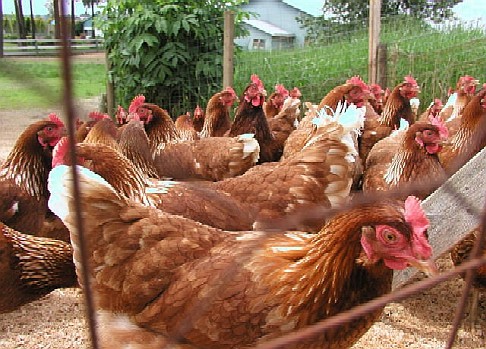
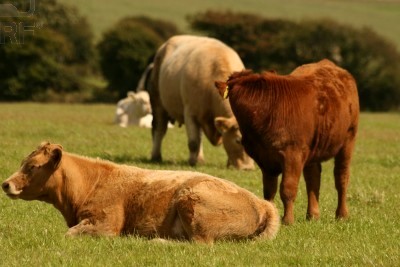
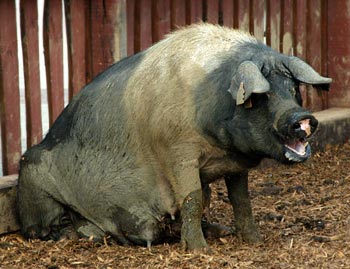
The Earth has limits for any popilation, particularly for high demand populations.
All populations are subject to fluctuations in size including the human race. Historically, the human population has grown and shrunk and grown again within known history. As the Earth has gone through many cycles of various climate types from extreme cold, to hot, dry, wet and everything in between, various populations adjust according to the conditions. Thus population sustainability has to be calculated to the existing conditions. Further, the human population is dependent on the strength of other populations from plants, fish and animals used for dairy and meat production. The Earth has a ceiling for biomass and humans are part of that biomass along with everything else. We must also consider our place on the food pyramid and in the food chain. A basic law of the food pyramid is that predatory animals average around two percent of the prey animals. Anything more and the prey animal would not be able to sustain a predatory population. Thus this basic relationship fluctuates on both sides depending on the abundance and lack of both populations.
If all human beings all had the American lifestyle of eating dairy and meat products in every meal, then the human population would be much lower than it is now. The earth simply cannot sustain 7 billion meat eating and high consumption individuals. The basic reason why numbers are so high now is that most people are vegetarian. In India, most people fall into the category of being lacto-vegetarian; that is; they consume milk and milk products, vegetables, fruit, grains, nuts and tubers. Most Asians live primarily on rice with a smattering of vegetables. To the average American, used to a wide variety of foods, having such limits is inconceivable. Yet in order to sustain a larger population, people are going to have to consider giving up meat. Consider the fact to raise a beef bull or steer; one is going to require about ten times the amount of vegetable matter to get the meat than if we consumed vegetables instead, getting nutrition as the beef animal did. Do some mathematics and we can determine what it will take to determine a sustainable human population. This of course is dependent on stable climate conditions, which in reality, has never existed, nor will exist, so we will have to consider something of a hypothetical case.
How many chicken, ducks, geese, turkeys, sheep, goats, pigs, bulls and fish of various kinds need to be raised to feed a population of several hundred million people in the industrial countries of the US, Canada, Australia, Europe, Britain and other countries? If we look at the typical diet of one person on a daily basis, we can quickly determine that for a meal, a person may consume an entire trout or small chicken. Further, they will use eggs, milk, butter and cream in a variety of ways. For another meal they will have a steak or beef products or something like turkey, pork, or other meat. The variety of choices makes the situation difficult to calculate exactly. If we examine the simple case of a person restricted to eating eggs and chicken only, we can say that they have two eggs for breakfast and a whole average chicken for lunch and dinner. That translates into some 730 eggs and 365 chickens in a year. Taking the formula that it takes the conversion of ten times the grain to raise a chicken to the stage where it can be culled and eaten, then the grain resources can directly sustain that person for ten years or ten people in one year based on the number of chickens consumed. Calculate for several hundred million people and we can see that the food that raises animals for consumption can instead support several billion people. This of course is only for that part of the population that eats meat and converts to full vegetarianism.
A lot of arable land has to be kept aside just to raise animals for meat. Thus these tracts of land are not available for grain, vegetable, fruit, nut and tuber production. If that land were used instead for growing food for people directly, then there is a lot of growth potential for population. On the other side of the equation are the peoples that are already vegetarian. These regions are already at maximum sustainability, leaving very little growth room. Indeed, China maintains a zero growth population law that is rigorous. China has about 1.2 billion people and the population has remained somewhat stable for nearly two decades. India's population is still growing and has passed the billion person mark in the recent past, but much of the population is hungry and malnourished. When disaster strikes such as floods, droughts and earthquakes, millions perish. Population growth being what it is; these people are quickly replaced.
If the whole human race became vegetarian, the world would be able to sustain something on the order of thirteen to fourteen billion people, but only in optimal climatic and growing conditions. As the climate is changing and growing patterns are altering, this complicates the picture. All that vegetarian biomass requires a lot of fresh water and this is rapidly dwindling as the Earth appears to be moving to a hotter and dryer climate; at least as far as the recent record shows. According to the long term cycles mapped in the geologic record, we should be instead heading into a cooler and dry climate. But our technological activities have altered the picture and caused some confusion in the picture. There is a lot of debate as to where we are actually heading.
Given the uncertainty of various combined and unequal interwoven influences, the human population is probably already at the maximum sustainable level. Consider the fact that in order to raise a greater population, wild animals and even farm animals now raised for meat will have to give up their spaces and hence their lives to the point of extinction. This raises questions of ethics as well as what will happen to the web of life if so many creatures are driven to extinction. One point of consideration is the loss of frogs and other insect eaters. This will allow insect populations to explode, competing for food and even feasting on us.
Thus population growth will have to be mediated by sustainability, or eventually, nature will take its course one way or another. It is abundantly clear that a closed ecosystem that is the Earth cannot sustain endless population growth. There is an upper limit that cannot be surpassed without dire consequences. If the record of the last sixty years has anything to say, then we have already surpassed sustainability with the consumption of fossil fuels that is heating up the Earth and changing everything. We will either have to sharply reduce our greenhouse emissions now, or reduce the current population of the planet to sustainable levels while using current technology or a combination of both. There are many schools of thought about what should be done.
As a curious side note; the recent world wide financial collapse has cut down markedly on greenhouse gas emissions, more deeply than all the political promises have up to now committed by way of the Kyoto protocol. As the financial crisis deepens, more and more industry shuts down and less and less greenhouse gasses are emitted. This may serve as a cruel lesson or an awakening to the truth and give us a clearer idea of where we stand. From here we will get a better idea of a sustainable population. We have the means to observe as never before.

